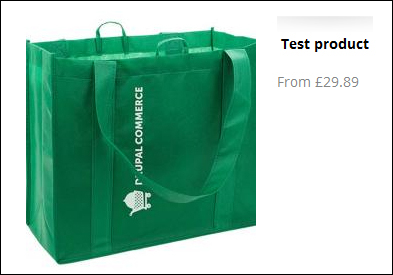One of the fundamental settings in your Drupal Commerce store is the currency your store uses. This recipe will guide you through changing and configuring the default currency for your Drupal Commerce store.
Log in to your Drupal Commerce store's administration panel and navigate to Store settings | Currency settings.
The Default store currency setting provides a drop-down menu of currencies you can pick from; select your preferred option here if it has changed since your installation of Drupal Commerce.

The currency settings also allow you to specify additional currencies when creating a product by selecting none, one, or more than one checkboxes, but Drupal Commerce will not convert between currencies by default:

Tip
You can install a contributed module to automatically convert the currencies with the current conversion rate, or choose to manually fill in the prices in all currencies. See the Currency Exchange module at http://drupal.org/project/currency for more information.
Click on the Save configuration button to save your changes.
If you view the product on the frontend of your store, as customers would see it, you will see that the cost is displayed in the currency you specified here:

Note the default "Drupal Commerce" image on the bag used as the default placeholder image for products with no photograph.
Changing the default currency on your store changes the symbol shown before or after the price value you set for each product, but does not attempt to convert values between currencies (see the Drupal Currency Exchange module for related functionality). So, if you change the default setting from United States Dollars (USD) to Hong Kong Dollars (HKD), the costs you specified when creating the product would remain the same (so $9.99 USD would become $9.99 HKD).
Depending on the currency you have set, Drupal Commerce will change the number of decimal points in the price displayed, as well as whether the currency symbol appears before or after the price on your store.



